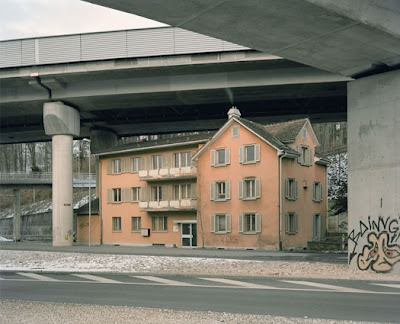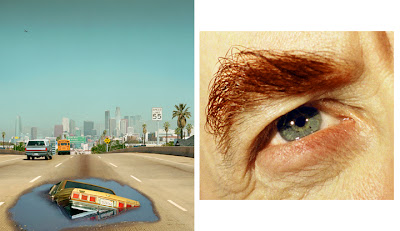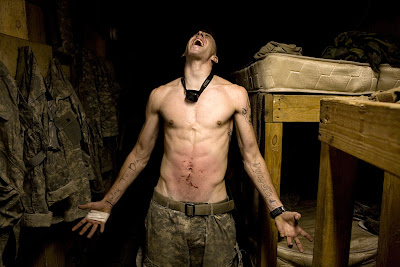"I realize more and more what it takes to be a really good photographer. You go in over your head, not just up to your neck". - Dorothea Lange
Today's class is CANCELED.
You must attend a gallery show in lieu of class - please see below.
Your Final Exam AND Final Project Critique will both take place Week #15 5/16/12.
Today's agenda was going to be reviewing for your Final Exam and a Work-In-Progress Final Project Critique. This now becomes Week #14's agenda, so please come prepared. And please bring $15 for the My Own Color Lab printing trip next class.
Please attend one (or all 4!) of the following galleries during class time:
You must email me a digital photograph of yourself tomorrow outside the gallery, or in front of your favorite image from the show! Please briefly explain to me which image you were most inspired by and why.
(Open 11am to 6pm: 210 11th Ave. 10th Fl @ 24th / 25th Streets)
 |
| © Jorn Vanhofen |
(Open 10am to 6pm: 535 West 22nd St. 3rd Fl @ 10th Ave.)
 |
| © Alex Prager |
(Open 10am to 6pm: 245 10th Ave. @ 24th / 25th Streets)
 |
| © Tim Hetherington |
(Open 11am to 6pm: 521 West 23rd St. @10th / 11th Aves.)
 |
| © Chip Simone |
Please prepare Digital Files for the Photography Department archives
(Required of All Major Photography Classes)
Image prep guidelines:
- Please submit ALL 5 assignment image files plus your final project via CD/DVD
- Files should be 72 DPI and 1600 pixels at the longest dimension
- Save as the highest quality JPEG (.jpg) file format
- Please name the files as follows: "PH241_StudentsLastName_001.jpg"

























































